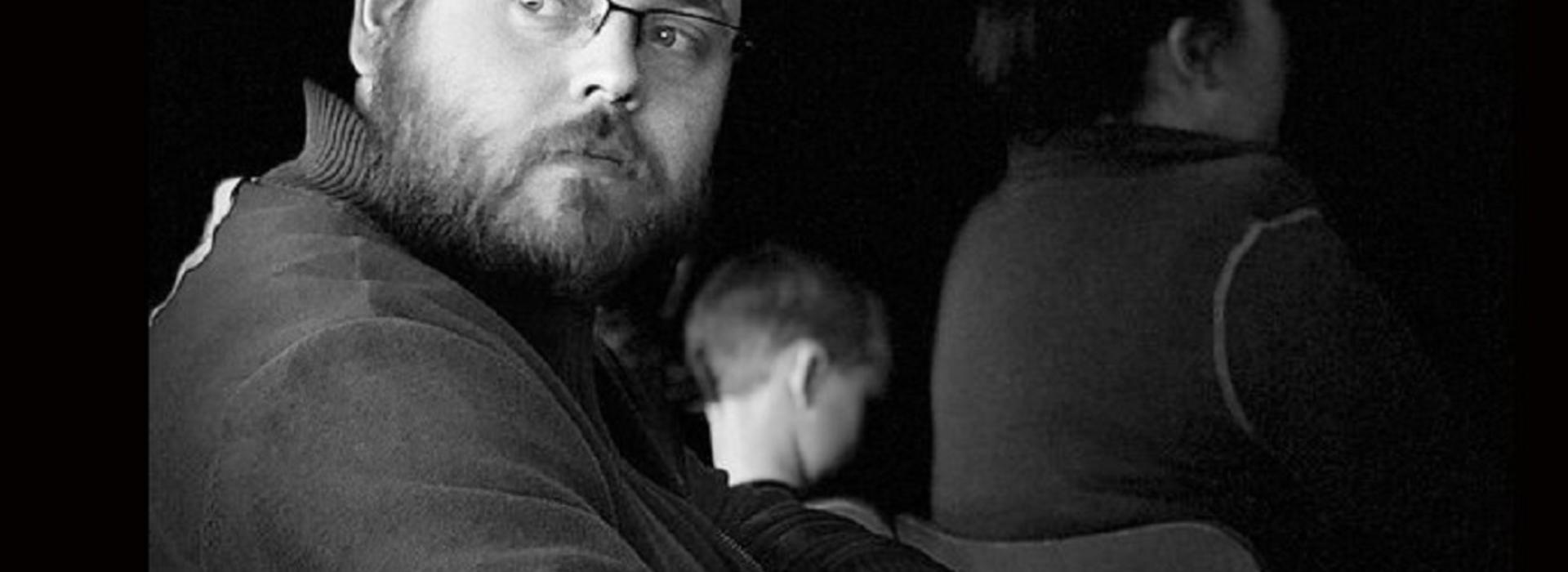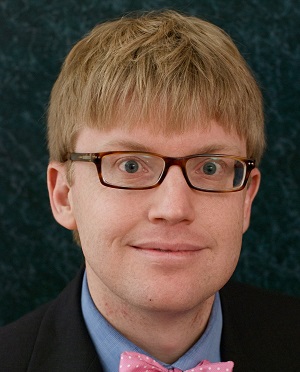
Extensive experience with rare condition enables U of M team to get young patient through two surgeries successfully
When 25-year-old Iowa resident Zac Page (pictured above) traveled to Colorado, he experienced significant headaches. Because the elevation was fairly high, he figured it was a case of altitude sickness.
It was something much rarer and potentially much more harmful.
Cerebrovascular disorder
Zac’s father had been diagnosed with what is known as moyamoya disease, a rare, progressive cerebrovascular disorder caused by blocked arteries at the base of the brain in an area called the basal ganglia. The name “moyamoya” means “puff of smoke” in Japanese and describes the look of the tangle of tiny collateral vessels formed to compensate for the blockage, according to neurosurgeon Andrew Grande, MD. Moyamoya was first described by a Japanese physician, and it occurs most often in Asian populations, he added.
“If the narrowing of the artery occurs faster than the development of the collateral vessels, an ischemic stroke can occur, which is the dreaded complication of moyamoya,” said Grande. “If the vessels do develop fast enough, an ischemic stroke may not occur, but the vessels are more friable, and a hemorrhage can develop.” Ischemic stroke is more prevalent in younger people as the disease progresses; hemorrhages occur more often in older people, he noted. Moyamoya can occur in any age group.
Diagnosis
Because the disease tends to run in families, Zac and his siblings were screened in the fall of 2020. He was the only one to be diagnosed with it. “When it happened, I didn’t have many concerns in the moment,” Zac said. “My dad had already gone through his first surgery, and it went fine; however, he did have a stroke following his second surgery. Regardless, I knew that surgery would fix the problem, barring any complications.”
Zac chose M Health Fairview and Grande for his treatment. “Dr. Grande recommended a bilateral direct bypass to circumvent any issues with blood flow,” said Zac. “The disease had progressed far enough to require surgery on both sides.”
Effective care
Although the condition is rare, Grande and the U’s cerebrovascular team have extensive experience with it. “This is a condition I really enjoy treating,” he said. “The standard of care is very effective.”

During the procedures, Grande (pictured here) and his surgical team created a bypass from the superficial temporal artery to the middle cerebral artery to revascularize Zac’s brain. “It’s the gold standard of treatment,” Grande said. “It was fortunate that the condition was found, and we were able to do the bypass on both sides before Zac had a stroke.” The second surgery occurred about six weeks after the first.
“I wasn’t concerned until I came out of the second surgery because that’s when things happened to my dad,” said Zac. “He was much older when he was diagnosed.”
Sneaky symptoms
Grande noted that Zac did really well following each surgery. He added that moyamoya patients often don’t realize that what they’re regularly experiencing – headaches, mental fog, fatigue – can be directly attributed to their condition. “Patients will tell me that their headaches are gone, and they have more energy after their procedures – even though they didn’t identify those as symptoms beforehand,” said Grande.
Zac tells people that he’s the same as he was before his procedures. “I just have more oxygen getting to my brain,” he said. “The surgery doesn’t stop the disease from progressing, but it does counteract the symptoms.”
Wonderful team
Zac’s experience with Grande and the M Health Fairview care team was a good one. “If I come across anyone else who has moyamoya, I would send them to Dr. Grande,” he said. “He and his whole team were wonderful in everything they did.”
Zac is an artist who works in various mediums. When he completes a remodeling project in his parents’ home, he wants to relocate somewhere so he can focus on his art.
And his high-altitude headaches have disappeared completely.



